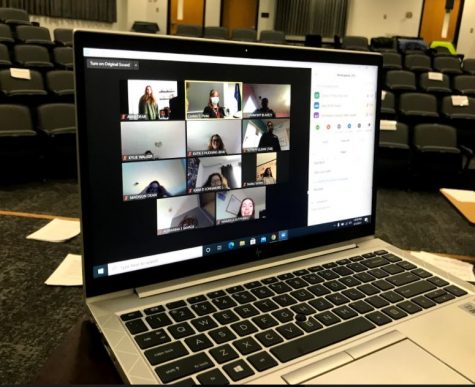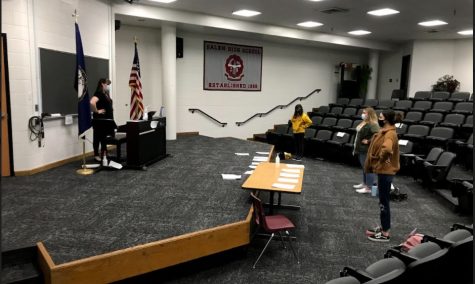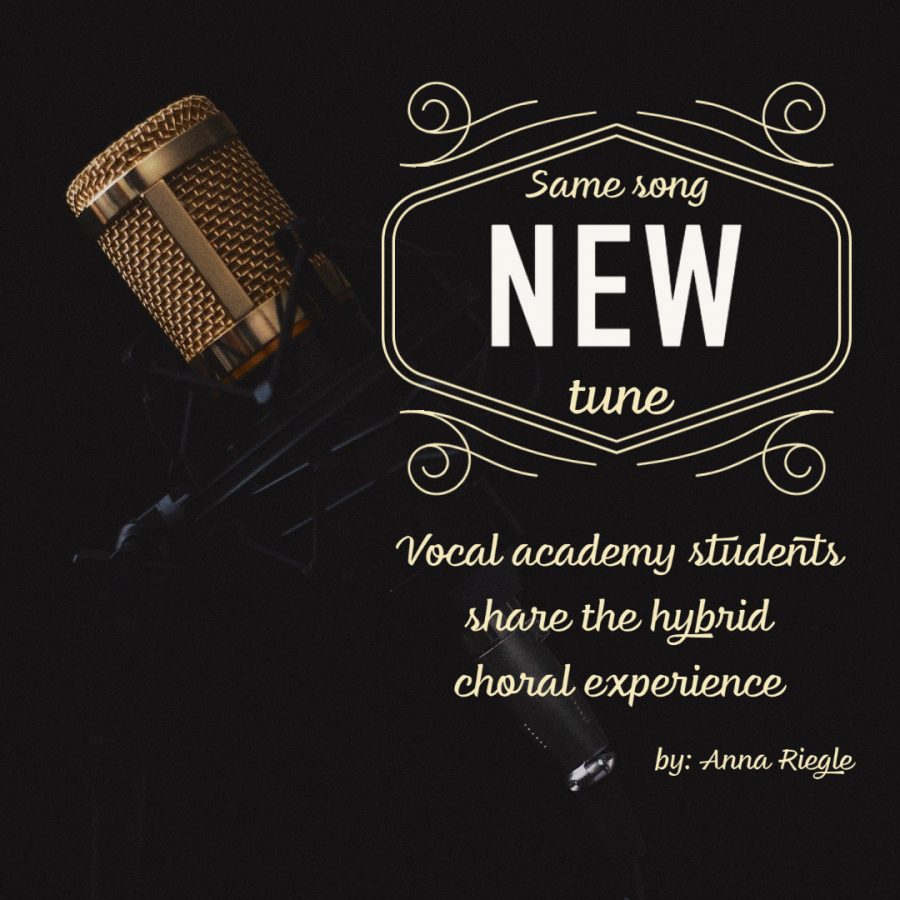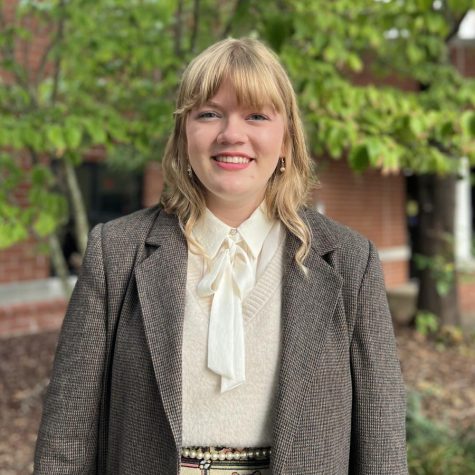Same Song, Different Tune
Vocal academy students share the hybrid choral experience
April 1, 2021
From band to chorus, our music programs are a major source of pride. Students, teachers and staff recognize March as music in our schools month and express our appreciation for these programs. But, health restrictions in response to the Covid-19 pandemic make it difficult to navigate performances and practice in such an immersive, personal subject such as music. This struggle is found particularly prevalent in the vocal strand of the Visual and Performing Arts Academy.
“It just feels so weirdly different,” said sophomore Cyruss Tano “and it isn’t really something I like. I stay with the academy in hopes that soon, all of us will be able to come together and sing some songs.”

Chorus classes look very different this year. On a hybrid schedule, some of the most crucial elements of a chorus class are either gone or limited. Singing as a group in class or in concert is almost completely impossible, with classes small and split between classroom and screen.
“I miss the people being there singing with me,” said Tano. “I love the feeling of being either in the classroom or on the stage singing with the chorus”
But, this has not stopped vocal strand director Mrs. Corbin Pinto from leading efficient, beneficial classes in choral performance and vocal technique.

“Mrs. Pinto has done a great job of keeping us active and regularly using our voices,” said sophomore Jess McMillan. “[She] always gives useful feedback after submitting an assignment so we can improve.”
Pinto teaches her classes through various online resources such as Smart Music, Sight Reading Factory, and the Acapella app. She’s taught students the International Phonetic System (IPA), pronunciations, and about jobs in music in addition to regular choral instruction, which typically consists of sight reading practice, group performance, vocal warmups, etc.
Pinto’s ability to adapt to the current situation has made a concert seem possible. In fact, she had created a virtual choir performance during the first term.
“If there were a concert, Mrs.Pinto could compile the videos we have sent her over the year and make a choir that way,”said McMillan. “Then she could take [the] videos and have a zoom concert or upload a video for family and friends to see”
Yes, it seems as though there will not be a concert in person, as students would need to be six feet apart on risers, which they already fill completely when packed closely together. So, a virtual option seems the most realistic in terms of performance.
“Virtual concerts are a cool, innovative way to make up for the lack of concerts this school year,” said sophomore Michael Robinson.
It seems as though students in the vocal strand are not opposed to the idea of a virtual concert, as it is better than no concert at all.
“I would like it to be the way it’s always been,” said Tano, “but I don’t think that’s going to happen.”
Vocal strand don’t just miss performances, they also miss important interactions and moments with one another in a choral setting.
“[I miss] being in class and being able to really interact with other students and Mrs. Pinto,” said Robinson. “Because now it’s difficult to ask peers questions about the music while going over it.”
Communication is vital to the success of a chorus. It is still possible virtually, but it is less convenient and consistent.
“What I miss most about in person chorus is the field trips and the random bonding moments we would have in the classroom,” said McMillan.
Whether in chorus or not, students understand how difficult it is to not be able to bond with peers as usual under the new circumstances.
“The way Mrs. Pinto is doing chorus is the best way that I think there is,” said Tano.

